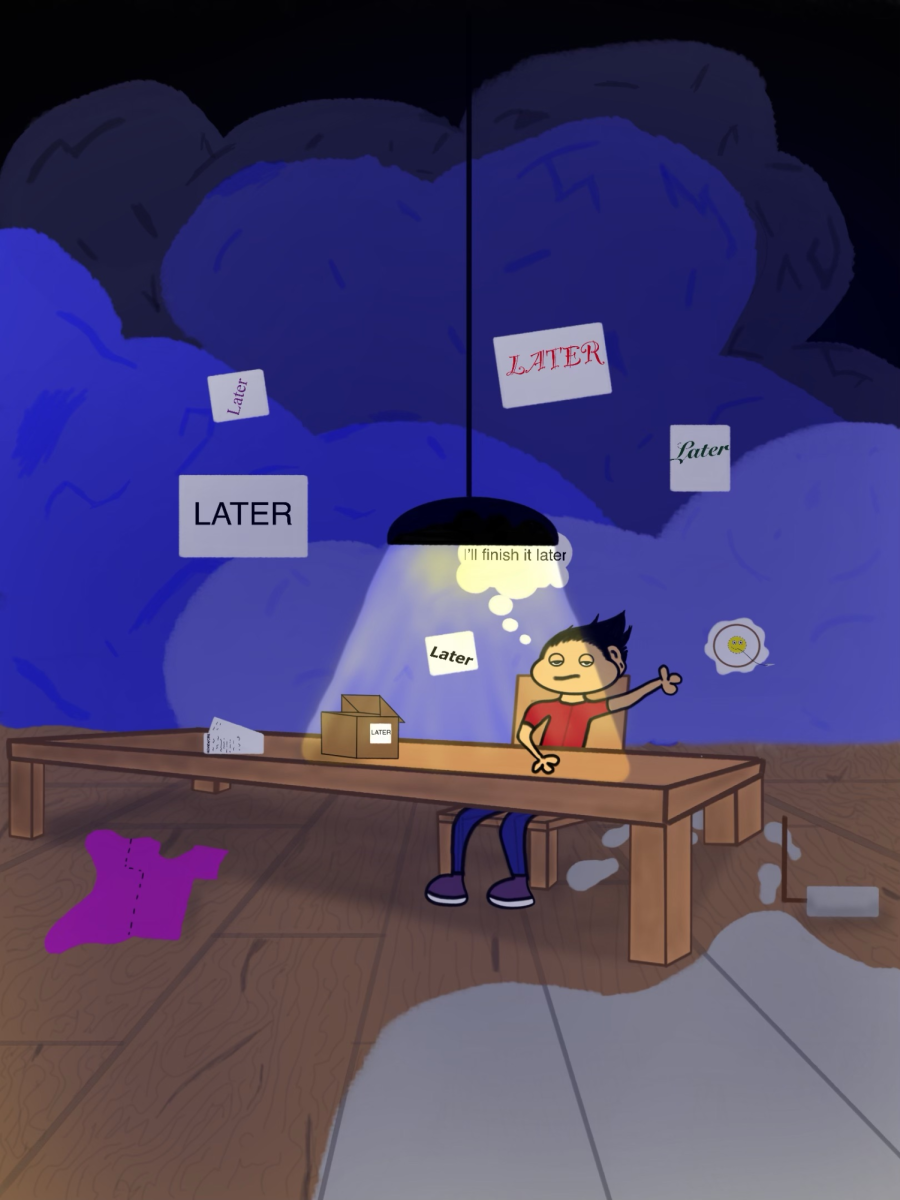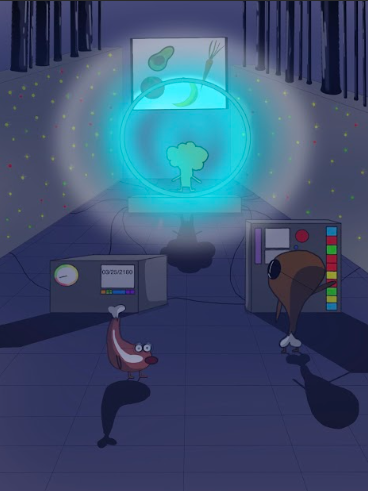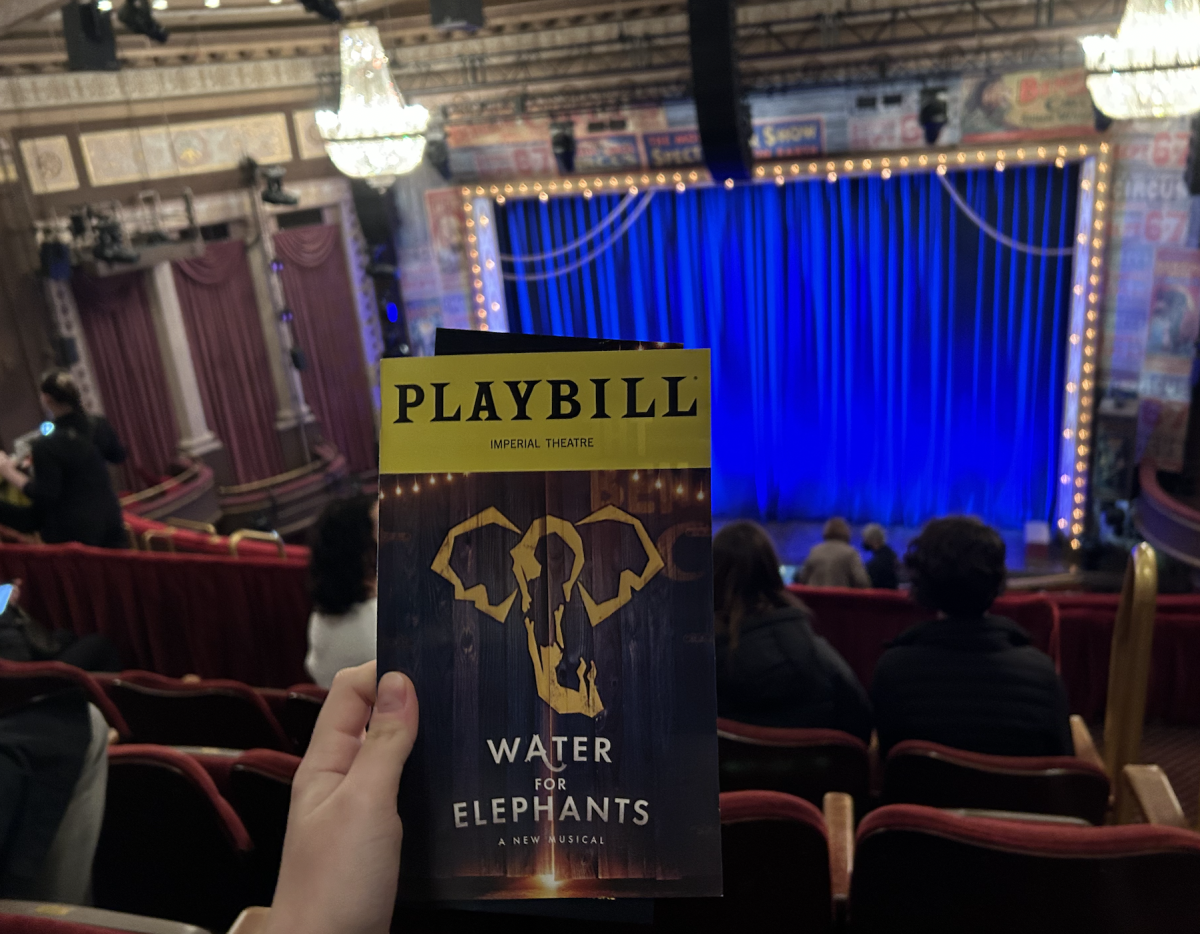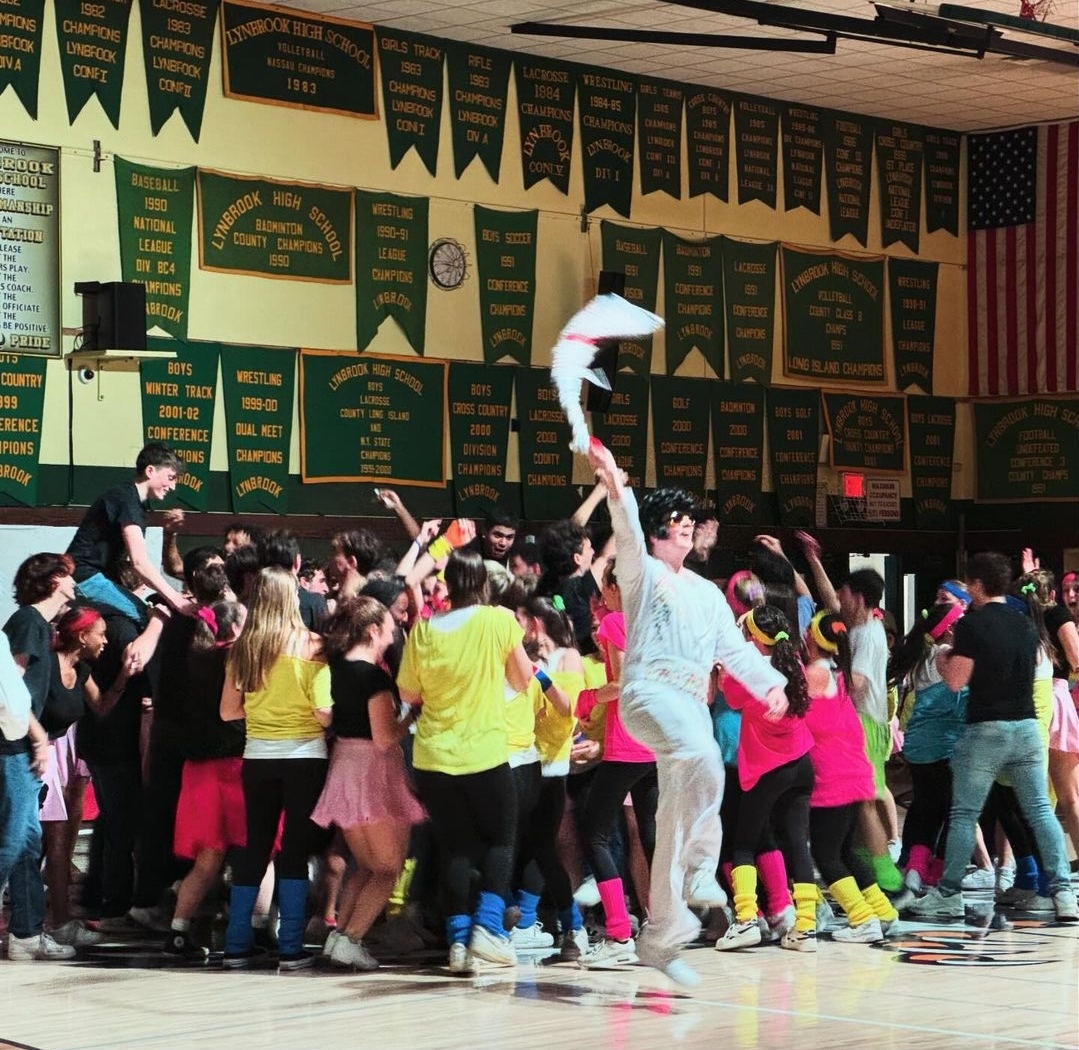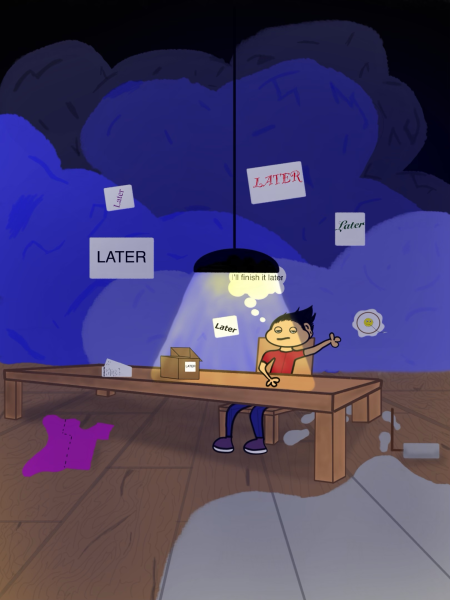Animals Should Not Be Used in Entertainment
Animals have been used in entertainment for years in circuses, zoos, and aquariums but throughout the years, many such animals have been abused and their needs neglected.
One of the most infamous examples of animal abuse is at SeaWorld, an amusement park featuring several types of marine animals. Since its opening in 1964, SeaWorld has had a history of failing to cater to the safety of its killer whales, or orcas.
The process by which SeaWorld has obtained its orcas in the past is awful. Orcas travel as families in groups called pods. Throughout adulthood, orcas stay with by their mother’s side. Young orcas are corralled in, separated, and taken from their families. Because of the increased cost of shipping a heavier adult orca as opposed to a young orca, wild adult orcas are rarely captured. This separation is scarring for these family-oriented animals.
In the wild, killer whales tend to swim in depths between 65-200 feet. SeaWorld’s deepest tank is only 50 feet deep. This lack of space confines them and puts them under tremendous stress.
Sarah Fischbeck was once a trainer at SeaWorld in San Diego and experienced firsthand the darker side of SeaWorld. She told a Dodo reporter (www.thedodo.com), “Ex-SeaWorld Employee Gives Chilling New Details About Orca Mistreatment,” “You’d be diving at the bottom of the tanks and you’d find these long strips of what looked like black rubber. And it was skin they’d peeled off each other. We had divers take whale skin home to their families all the time as souvenirs.”
The stress put upon orcas at SeaWorld caused them to be aggressive towards one another and peel the skin off each other. This is called “raking.”
The abuse and mistreatment of the orcas at SeaWorld over the years has promoted orca aggression and has, in various park locations resulted in the death of several trainers, such as the infamous death of senior animal trainer Dawn Brancheau who was attacked and killed by an orca named Tilikum in 2010.
Animal abuse is also an issue in film, The movie A Dog’s Purpose released in January 2017 became the center of controversy after a clip surfaced of a dog appearing to nearly drown in a stunt during the filming of the movie.
The stunt consisted of a German shepherd being pushed by a stunt worker into rapidly moving water. Watching the video, it seems clear that the dog was being forced into a potentially dangerous situation and was quite fearful, trying numerous times to escape and avoid being pushed into the water.
The filmmakers were quick to claim that the video was edited to make it appear as if the dog was in more danger than it was, but many still criticized the film for not opting to use CGI, or computer-generated imagery.
CGI effects were used in the creation of the 2016 film, The Jungle Book, a live-action remake of the 1967 film.
Robert Legato, visual effects supervisor on the live-action remake of the classic Disney film, told the Los Angeles Times, “”Once you pioneer the technology for the first time and make the eye believe an animal is real, it becomes cheaper and cheaper. And a dog probably wouldn’t be as difficult or expensive to make because you’re at least allowed to raise, train, photograph and study it up close without harm, unlike a wild animal.”
In the case of SeaWorld, it is clear that certain regulations should be put into place to help limit and hopefully end all harm to whales and workers, such as regulations on tank size and breeding.
To avoid the mistreatment of animals in film, animals should be replaced with CGI effects, which, although make the cost of producing a film more expensive, protect the rights of animals, which should always be of a higher importance.
I am a freshman at LHS. I was born in Englewood, NJ, and I grew up in Lynbrook. I enjoy writing, and I'm considerably extroverted.






